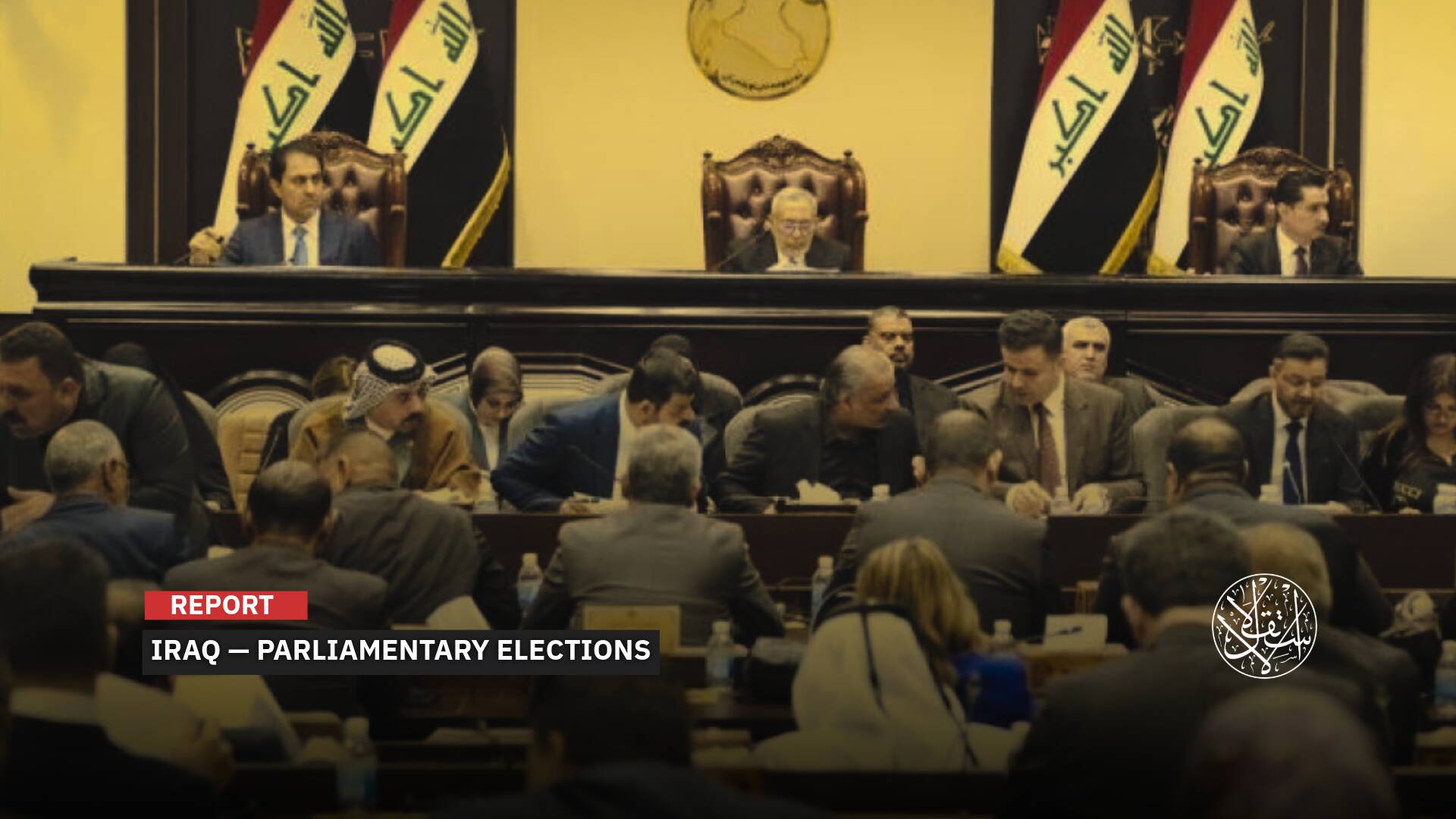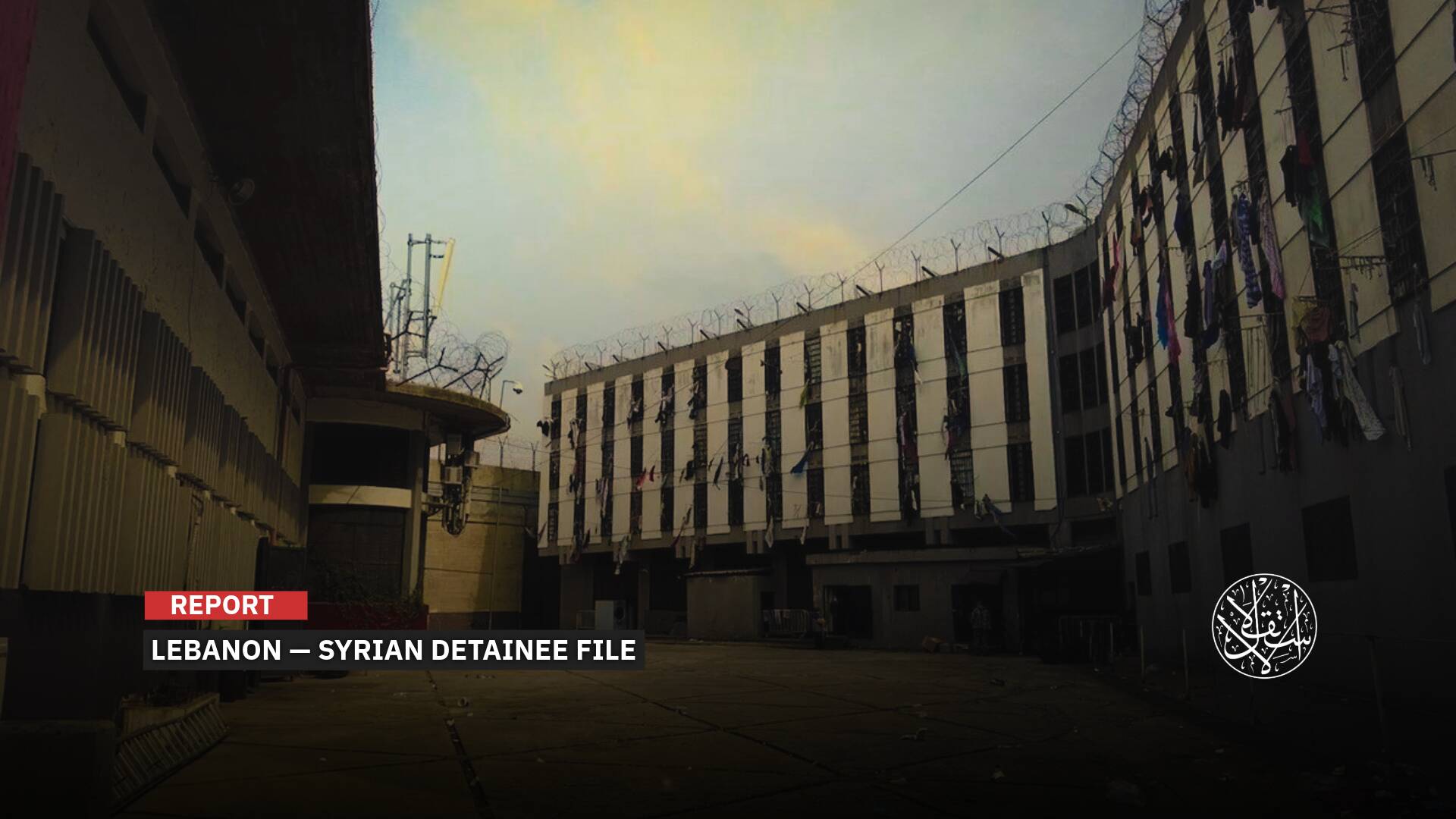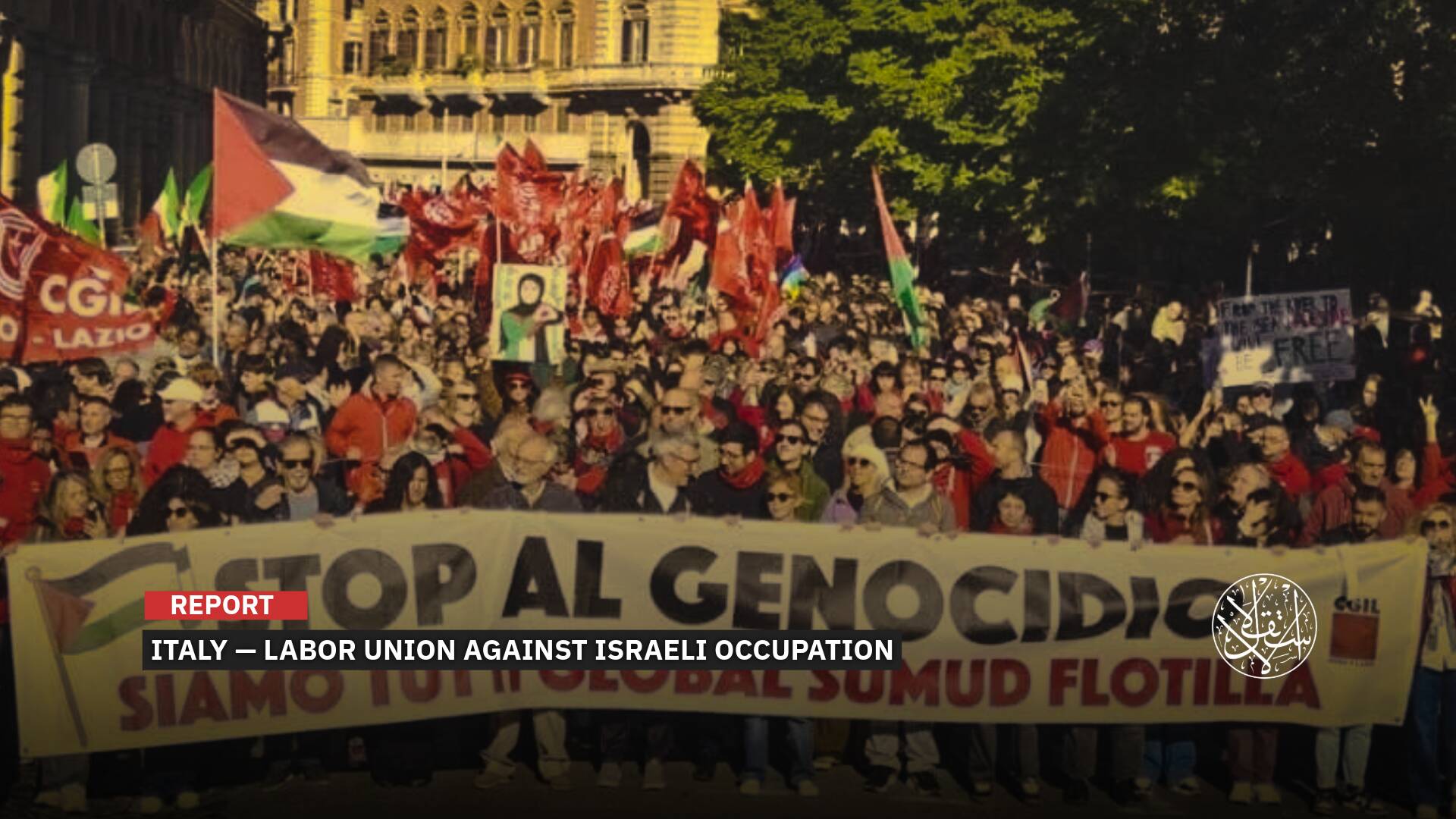What’s Holding Back Syria’s Industrial Output from Returning to Pre-2011 Levels?
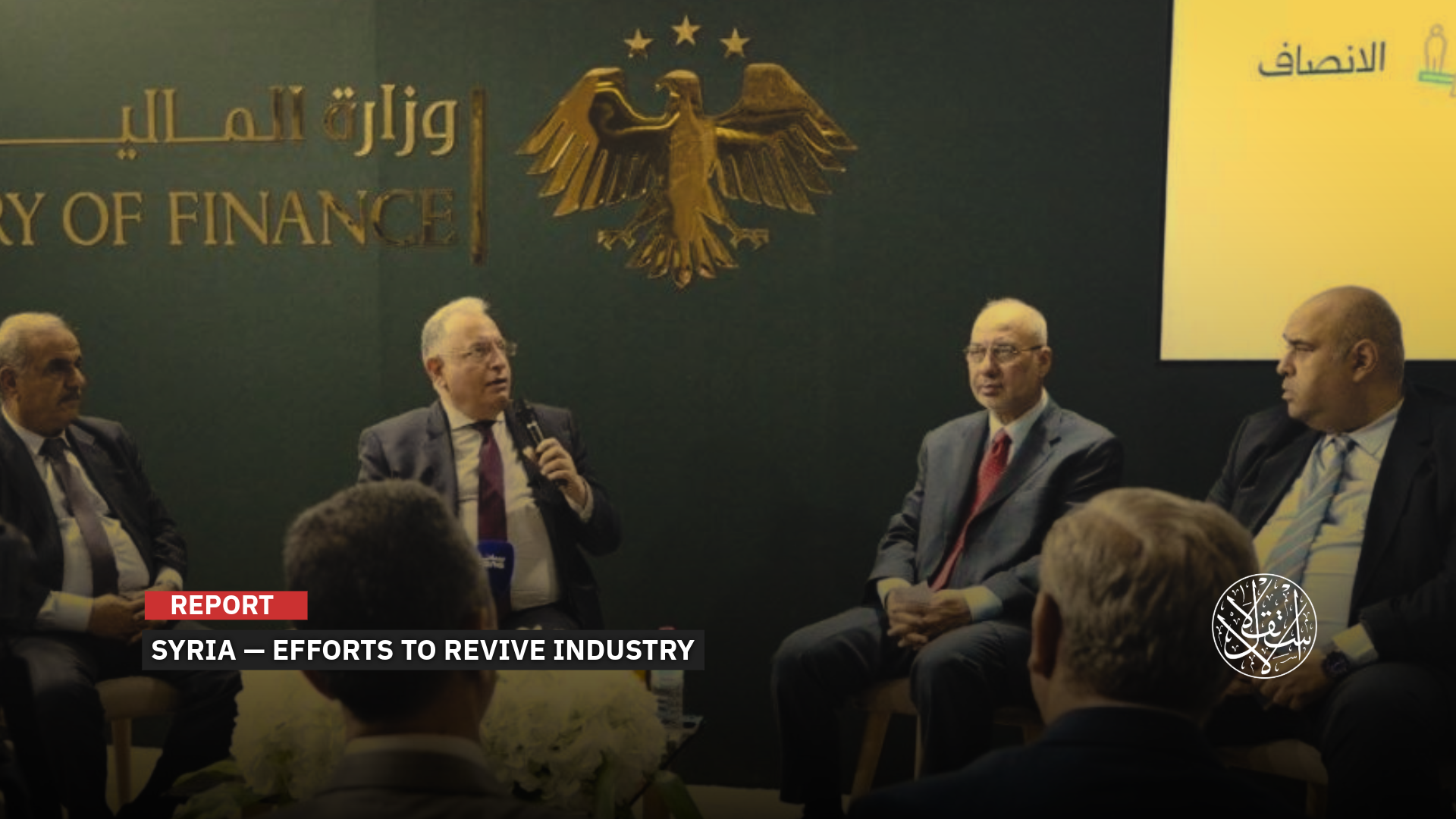
“Some industrialists urged a one- to two-year import freeze to give domestic producers a chance to stabilize and grow.”
The new Syrian government is stepping up efforts to repair damaged infrastructure, the fallout from years of destruction under the former head of the Syrian regime, Bashar al-Assad, which also crippled Syria’s once-thriving industrial sector.
With Damascus aiming to leverage the easing of U.S. and European sanctions to revive production, the Syrian Ministry of Finance is working to clear obstacles holding back the industrial sector.
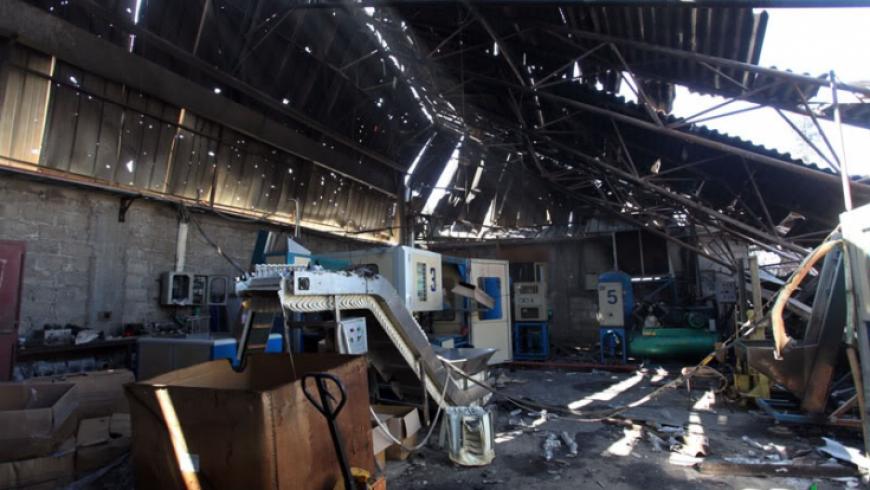
Tax Incentives
In a direct move to support industry, Finance Minister Mohammed Yasar Barnieh announced in early October 2025 that the new tax system will cap industrial taxes at just 10 percent.
He added that 25 percent of the proceeds from a newly introduced sales tax, replacing the consumer spending tax starting in early 2026, will be allocated directly to support the industrial sector and exports through clear and tangible measures.
Barnieh made these remarks during a meeting of the General Assembly of the Damascus and Rural Damascus Chamber of Industry, emphasizing that the government follows a principle of “active partnership” with industrial and trade chambers in shaping economic policies.
He stressed that no future decisions will be taken without prior dialogue with industrial sector representatives and announced that damaged or destroyed industrial facilities will be fully exempt from taxes until rehabilitated, aiming to stimulate production in affected areas.
Over the past 14 years, Syria’s economy has been drained, with significant damage to infrastructure, including severe electricity disruptions of over 20 hours daily.
Damascus now hopes to attract investment across sectors, especially after the United States and European Union lifted long-standing sanctions on Syria in May 2025.
In July 2025, the Syrian-Saudi Investment Forum in Damascus saw agreements signed worth $6.4 billion in infrastructure, industry, and energy sectors. Saudi Arabia also pledged 1.65 million barrels of crude oil to support Syria’s economic recovery, covering approximately 12 days of domestic needs.
On July 13, 2025, Syria announced the signing of an $800 million agreement between the General Authority for Land and Maritime Ports and DP World, with CEO Sultan bin Sulayem highlighting the potential of the port of Tartus for exporting Syrian industries.
In May 2025, Damascus signed a 30-year contract with French company CMA CGM to develop and operate the port of Latakia.
Syria’s numerous free zones offer foreign investors full tax exemptions, freedom to employ local or foreign labor, and the ability to repatriate invested capital.
Also in May 2025, the Syrian General Authority for Land and Sea Ports signed a memorandum with China’s Fidi Contracting to invest over one million square meters in free zones for 20 years, aiming to establish a fully integrated industrial area with specialized factories and production facilities.
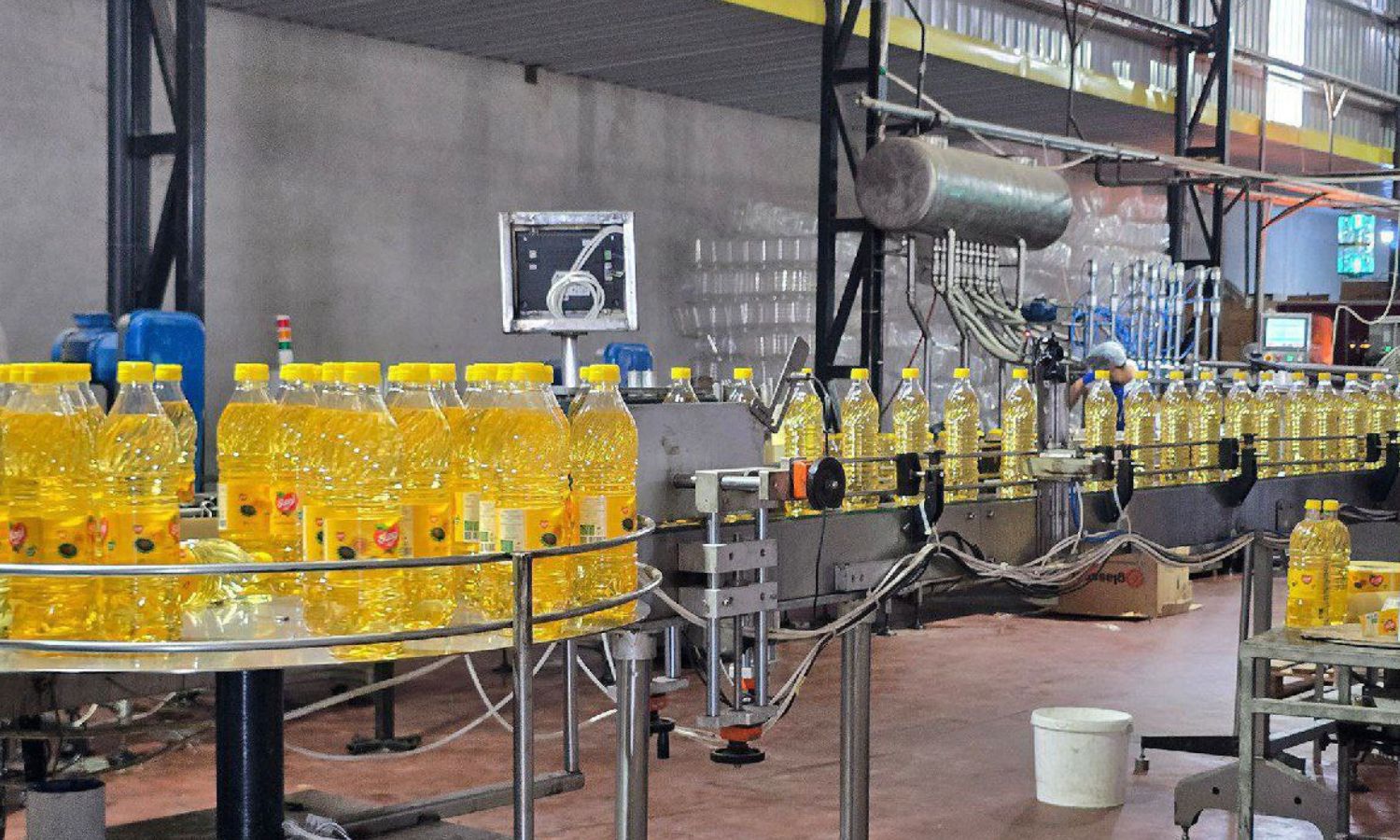
What Industrialists Want
Syria’s industrial sector faces significant challenges, with production figures sharply down, while manufacturers aim to boost exports to surpass pre-2011 levels.
Mohammad Yassin Hourieh, Deputy Minister of Economy and Industry, told SANA on October 2, 2025, that the ministry is finalizing a comprehensive decision to regulate the establishment of industrial facilities outside existing industrial zones, facilitating operations for current factories to meet domestic demand and supply foreign markets.
Efforts focus on reducing production costs through financial and customs measures, stimulating exports, opening new trade channels regionally and internationally, and addressing sensitive issues such as customs distortions and preventing smuggling from areas outside state control.
Hourieh also noted ongoing work to lower tariffs on imported raw materials, streamline export procedures, and regulate notifications for establishing industrial facilities to ensure a stable and balanced legal environment.
Following the exemption of imported industrial machinery from customs duties, more than 1,500 factories have resumed operations in Syria, with daily requests from manufacturers abroad indicating renewed investor confidence in the industrial sector.
At the end of September 2025, industrialists held a protest in front of the Damascus Chamber of Industry headquarters, demanding government support for national industry and relief from financial burdens.
Protesters called for measures such as lowering energy costs, reducing raw material prices, offering tax incentives, and temporarily halting imports of competing products to allow local industries to recover and regain market positions.
Some industrialists urged a one- to two-year import freeze to give domestic producers a chance to stabilize and grow while encouraging merchants to promote local products instead of relying on imports.
Abdul Rahman al-Haffar, owner of an oil and soap factory, told SANA that he is rebuilding his plant damaged during the war and called for government intervention to help industrialists maintain production and remain competitive.
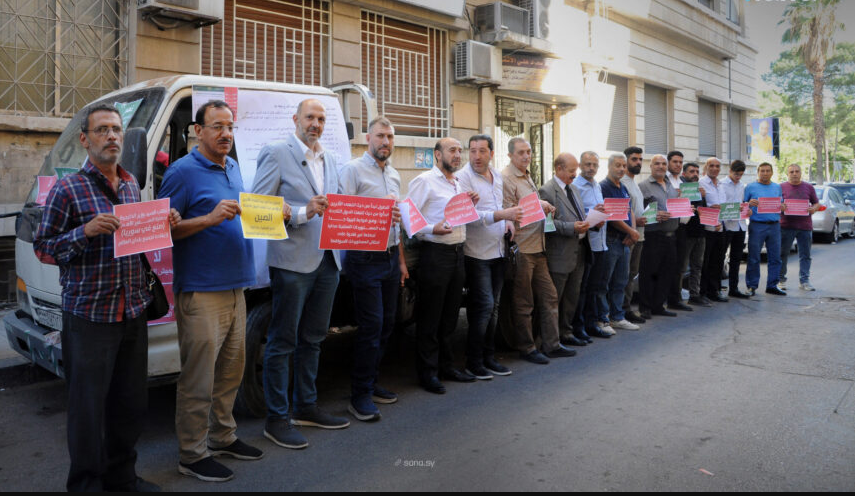
Major Obstacles
Economic researcher Radwan al-Debs told Al-Estiklal that Syria’s industrial sector faces both direct and indirect obstacles, all affecting production.
“The main challenge is the destroyed and inadequate infrastructure in most Syrian provinces, especially areas that once hosted large factories and thousands of industrial workshops. Most of these sites have been damaged, bombed, looted, or vandalized, with supporting infrastructure also in poor condition,” he said.
“The lack of electricity, water, internet, roads, and transport represents a critical barrier for industrialists, forcing them to prioritize restoring basic services before rebuilding factories or workshops.”
“A reliable electricity network is vital since 80 percent of Syria’s industrial production depends on electricity or fuel like diesel, which now costs over one U.S. dollar per liter, significantly increasing production costs,” the researcher added.
The shortage of specialized technical staff due to bombing, displacement, and migration, along with gaps in vocational education over the past years, also limits the availability of skilled labor, hindering industrial operations in several sectors.
Difficulties in accessing bank loans and funding for rebuilding factories or importing modern machinery are further challenges for industrialists.
Al-Debs warned that all these costs ultimately affect product prices, making local goods less competitive compared to imports, particularly given citizens’ reduced purchasing power and low wages.
Since the fall of the Assad regime, Syria’s new economic model relies on a competitive free market while protecting local industry through carefully planned customs tariffs to shield domestic products from unfair competition, especially amid rising energy costs relative to neighboring countries.
Experts stress that revitalizing the national industrial sector requires improving legislative and procedural frameworks, facilitating investment, and balancing economic openness with protection of local production.
Rebuilding and modernizing Syria’s industry while fostering competition in quality and price will ultimately reduce production costs and boost exports.
Sources
- Exemption of Damaged Syrian Industries from Taxes Until Rehabilitation [Arabic]
- Damascus Industrialists Present Demands to Support Local Production as Chamber of Industry Pledges Action [Arabic]
- Coming Soon: New Regulation to Establish Industrial Facilities Outside Industrial Cities to Boost Domestic Production [Arabic]
- Syrian Finance Minister to Industrialists and Traders: We Will Work Together to Rebuild Syrian Industry [Arabic]
- Chinese company invests one million square meters in Syrian free zones


